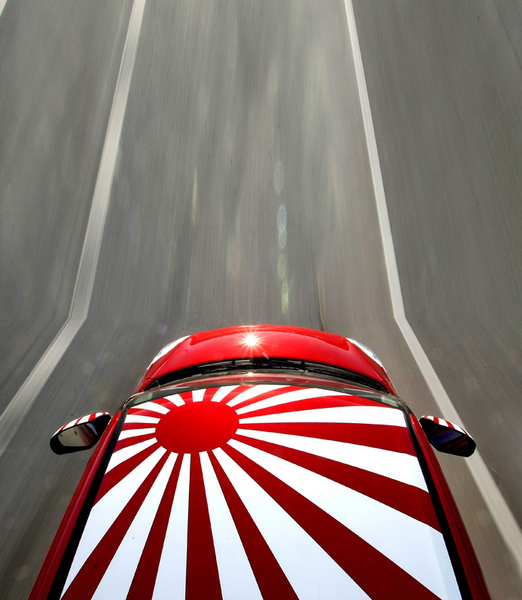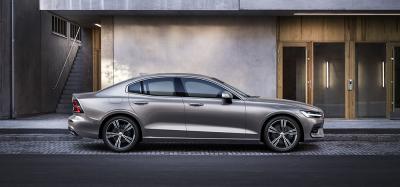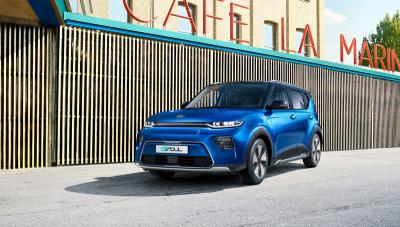Without distorting an image that features simple but very distinctive lines, it has been given a slight facelift, some rejuvenating touches in tune with the consolidated image of the previous version, and considerable technical adjustments that have radically changed the structure of this 2011 model.
Design, technology and, of course, a name, Suzuki, that has achieved global popularity. The small Swift, of which almost 2 million have been sold (from 2004 to 2010), the car of the year in 19 countries, is made in seven factories in various parts of the world and is sold in 100 national markets, including Italy since last autumn. A dynamic and personal sporty compact that has won the praise of critics and public alike, now has a third series in which considerable mechanical changes have been made.
Without distorting an image that features simple but very distinctive lines, it has been given a slight facelift, some rejuvenating touches in tune with the consolidated image of the previous version, and considerable technical adjustments that have radically changed the structure of this 2011 model. The new elongated headlights have been made bigger like the ones in the rear (with the ALS system that automatically switches them on and off depending on external light) and emphasize lines that are still modern and unlike any other compacts. The clean, angular cut of the side panels oriented upwards towards the rear door are decisive traits that highlight the Swift's marked personality. The windscreen, side windows and black A and B pillars form a single fascia between the body and the roof that gives the impression that the two sections are separated, with the C pillars in the same colour as the body the only joining element.
Minimaxi
Longer by nine centimetres and with a wheelbase increased by 5 cm, the total length of the three and five door versions is now 3.85 metres. Although it has lost about twenty kilos, is slightly wider and has a longer wheelbase, just enough to take 5 people comfortably, it is still sufficiently agile to cope with city traffic. New volumes that reflect positively on the internal space that can now hold 221 litres of luggage, which can be expanded to 512 (528 litres for the 5-door version), in addition to passengers. Its personal character is also recognizable in the interior, where black finishes are embellished with faux aluminium for a decidedly dynamic look and frame the equipment in line with the vehicle category. On request, prestigious accessories can be added to complete an already comprehensive list.
The two circular instruments on the dashboard have all the essential indicators, including a multifunction display for checking fuel consumption and trip info. The three-spoke steering wheel can be adjusted in height and depth and incorporates the controls for the audio system, with radio, CD, mp3 and USB input, and cruise control adjustment. A keyless system is an option on request and is included in the available equipment Top Pack. The car is opened simply by keeping a small transmitter in your pocket, which will allow the car to be started up by means of a pushbutton on the dashboard. Automatic air conditioning keeps the internal temperature constant, there is an excellent tray and bottle holder and, on request, a Pioneer navigator with 7" screen, and a rear view camera that is very useful when manoeuvring space is tight.
With seven airbags as standard - front, side, curtain and for the knees -, pretnetsioner seatbelts and an efficient impact absorption system that won it five stars in EuroNCAP crash tests, the Swift is one of the safest compacts in the event of an accident.
Diesel or petrol
As befits a vehicle that is widely used, it has two choices of engine with small cubic displacement but both are suitable for driving the small Suzuki, even if your style is sporty. Refined and agile, the new 1.2 petrol engine with intake and exhaust Variable Valve Timing (VVT) gives a maximum of 94 HP at 6,000 rpm, with a weight of just over 1000 kilos, quick response, and a top speed of 165 km/h. Obviously Euro5 homologated, just like the petrol engine, the new 1.3 litre, 75 HP turbo diesel is covered by the regulations for new licence holders, it is dynamic, has a top speed of 160 km/h and considerably flexible power delivery, really low fuel consumption in the order of 23.8 km/litre, and CO2 emissions of 109 g/km.
The petrol version is available with a four gear automatic transmission and Hill Hold Control. Only the petrol version with manual transmission has a dedicated stop system which allows the Start & Stop version to reduce fuel consumption and emissions even further.
Common to class B vehicles, the layout of the chassis has the tried and tested mixed suspension, independent in front with the classic McPherson layout, and a rigid axle in the rear, to reduce the area occupied by the suspension and create maximum space inside. The calibration of the suspension is a compromise that favours dynamism, with a specific layout for the four-wheel drive version, which is 2 cm higher off the ground (the minimum height from the ground is 16 cm) and with a shortened gear change ratio that improves driving on surfaced roads.
All versions have an Anti-lock Braking System (ABS) with Electronic Braking Distribution (EBD), Electronic Stability Program (ESP) and Traction Control System (TCS). Two sets of wheels available, depending on the version, with 15" or 16" rims in steel or aluminium alloy, respectively, and 175/65 and 185/55 tyres, but there is also a third choice, with the relevant increase in price, which includes 205/40 R17 low-profile sport tyres.
Used by the company in the past, the large S of Samurai (a specific version with the imperial flag of Japan on the roof and the side mirrors) will be the joy of more dynamic drivers in search of a strong mark of distinction that can be further personalized by the vast range of cosmetic elements available on request for the body.
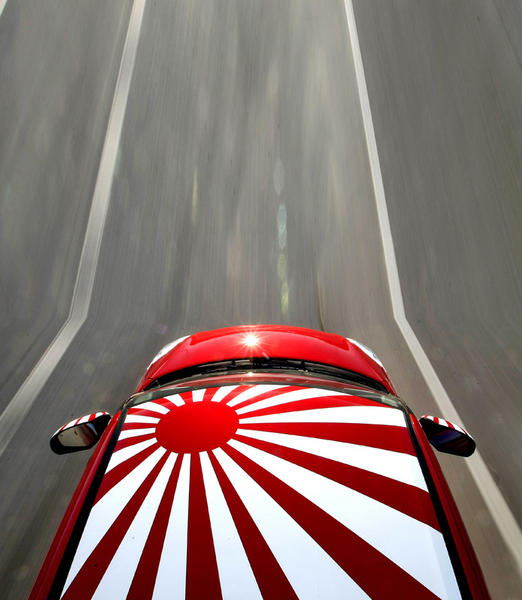
-
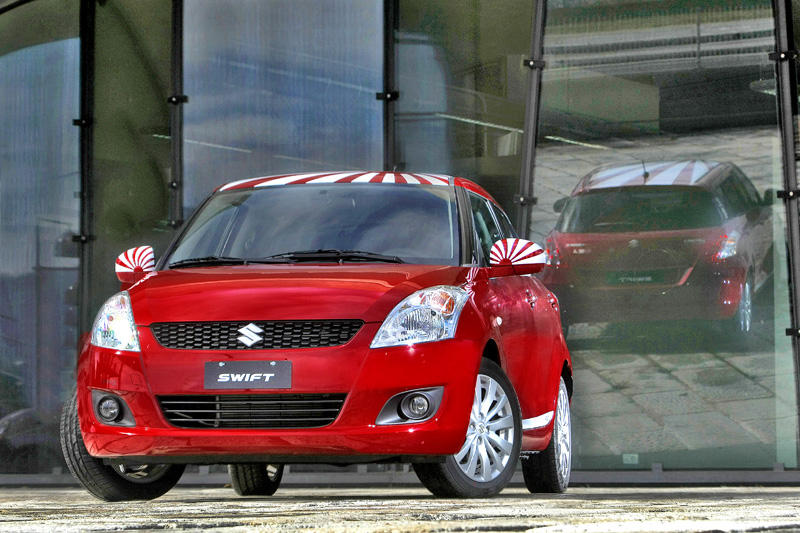
Just a few cosmetic changes that are almost likes a slightly rejuvenating facelift, despite the considerable mechanical update. New headlights, a redesigned grille and circular fog lights are the identifying features of the 2011 version
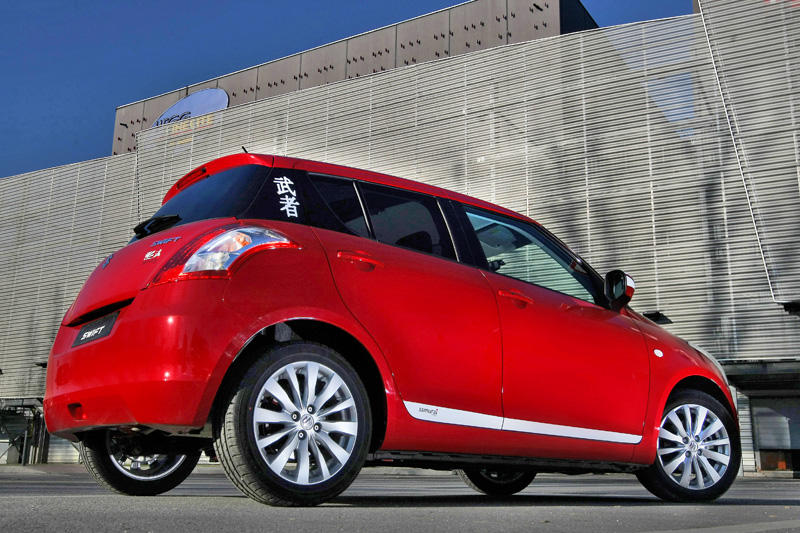
A longer wheelbase, new engines, the choice of manual or automatic transmission also with 4WD, are combined with 15” and 16” wheels, depending on the version, in addition to the option of a sporty 17

Internal finishes in subdued dark colours enriched with faux aluminium inserts
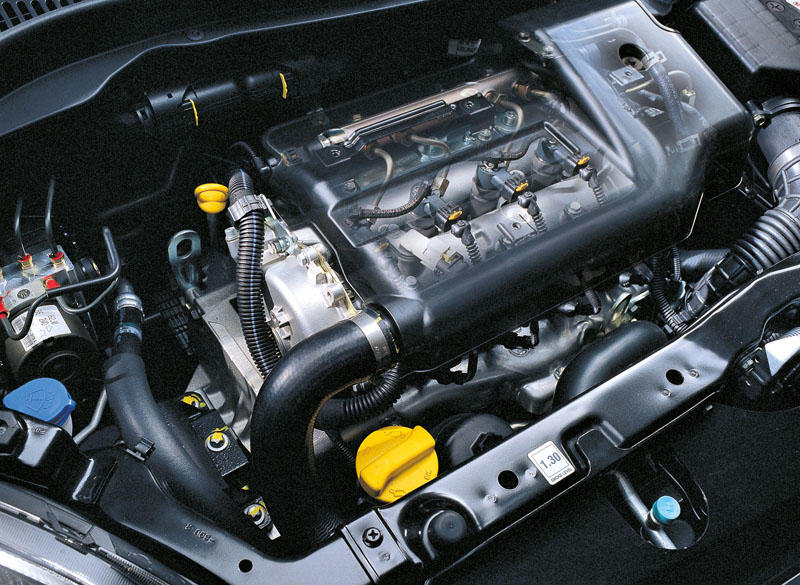
The modern 1.3 litre turbo diesel is lively with considerable energy saving: almost 24 km with a litre of diesel and 109 g/km of CO2 emissions. And with its 75 HP, it is one of the vehicles that can be driven by new licence holders
